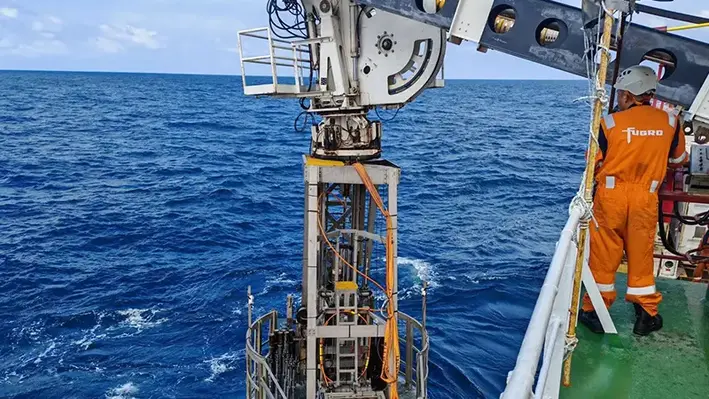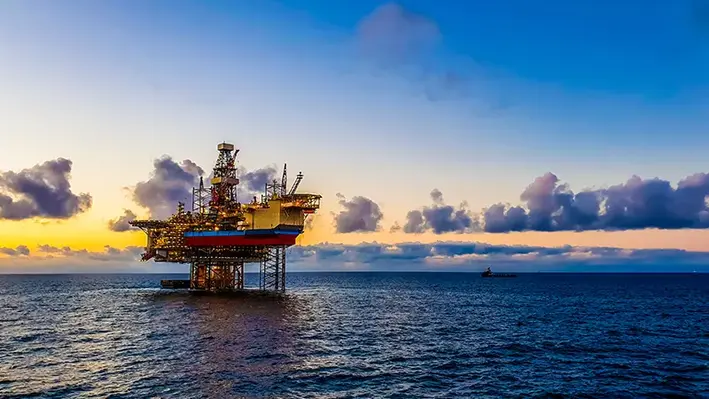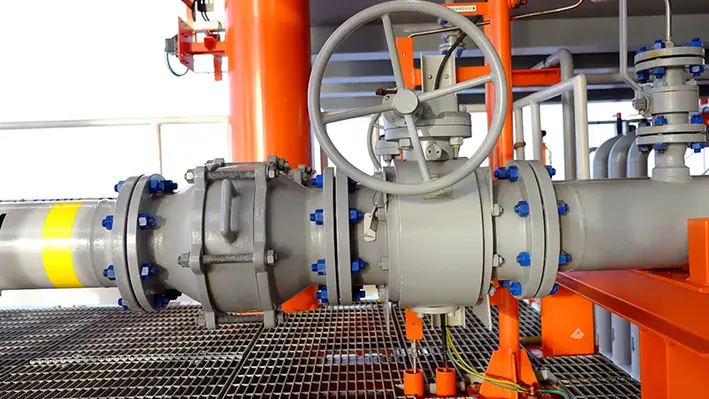
Brazilian state-run oil company Petrobras has opened a public consultation to obtain information from suppliers on alternative technology for retrieving flexible pipelines in the Marlim field, off Brazil’s southeast coast.
According to the state-run oil firm, the service to be hired is particularly challenging because some of the pipes that lie 1,250m under water do not have the necessary structural strength to guarantee their retrieval.
That is, under the premise that the pipelines would not support their own weight under a catenary (curves forming a U shape) equivalent to or close to the water depth in which they are installed, they must be retrieved using a resource or tool that is submerged to the proper water depth.
The tool must avoid dredging the seabed and not come in contact with any equipment that may be installed there, remaining at a minimum distance of 30m from the seabed.
The recovery must be done by a reel system within the standard used by Petrobras in its operational bases. In addition, there is a need to use smaller vessels, such as ROVs (remotely operated support vessels), for example, as there are currently a reduced number of operational bases that support vessels of the size of PLSVs (pipelay support vessels).
A possible solution proposed by Petrobras comprises a recovery method consisting of descending a reel drive system to a fixed distance from the seabed, close to 50m (enough to avoid colliding with obstacles and subsea systems), therefore minimising the catenary generated during the recovery.
The completion and submission of the public consultation, with the title ‘Subsea Reel Drive’, must be done by 4 March, 2022.
Located in the Campos basin, the Marlim field is going through a revitalisation process, which encompasses the installation of two new FPSOs (Anita Garibaldi and Anna Nery) and the decommissioning of several production units (P-18, P-19, P-20, P-26, P-27, P-32, P-33, P-35, P-37 and P-47) and associated subsea equipment.




